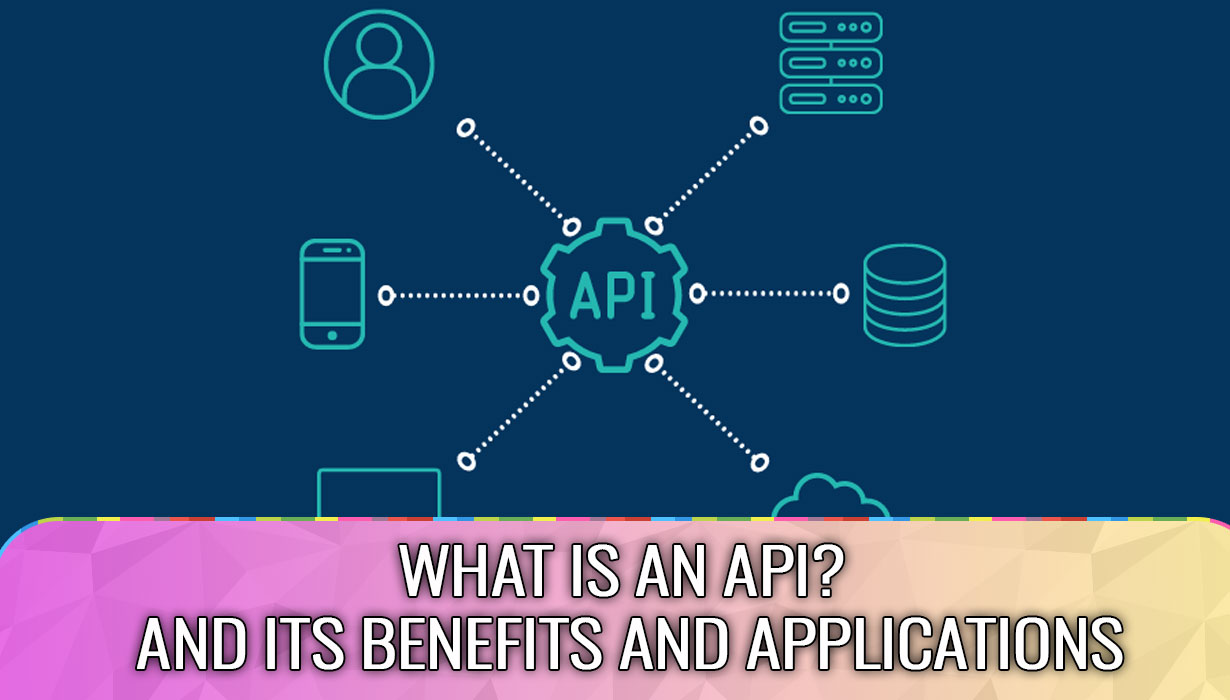
02
What is an API? Understanding Its Benefits and Applications
APIs (Application Programming Interfaces) are essential tools that enable software systems to communicate and share data efficiently. Learn how APIs work, their benefits, and why they are crucial for modern technology.
An API is simply the interface between a specific development environment and developers.
It allows developers to take advantage of the environment's services without having to build everything from scratch.
In general, the goal of an API is to hide the details (encapsulation) and highlight how the code can be used.
A real-life example to illustrate the concept:
When car engine companies produce a new engine, they package it and release it to the market for companies to use to build their own products, such as cars.
The company may use it without going into the details of its manufacture. What matters to the company is how it uses the engine to build its product, not how the engine was made.
This is exactly what happens in programming when we use a class, function, or plugin in our project. What really matters to us is how we use it to serve our project, not how it works.
Here are some examples of APIs.
There are many famous API examples that we encounter every day. For example, Facebook allows websites to log in using its API without having to build a login system from scratch.
When you want to add this plugin to your website, you won't need to understand how it's built, but rather how it can be used to add it to your website or app.
There are many other examples of APIs, such as Google Maps, which allows developers to display maps of specific locations on their app or website.
Another example:
When you make an online purchase from a specific website, that website uses VISA's API to communicate with you and debit your card.
Another example:
But this time, it's a desktop application. If you want to build a program that requires some control over your computer,
it uses the API provided by the operating system to control the device without requiring much work to obtain these permissions.
You can then delve into programming at lower levels and use the Assembly language to perform this operation.
Finally, an example:
When you write a query like the MySQL API in PHP:
mysql_query('SELECT * FROM tablename');
All that matters is that the function queries the database, but many of the details are hidden from developers.
There are many other examples, but these were just a few of the most famous. However, the overall concept of API is not limited to these examples.
Key Benefits of APIs:
- Efficiency: APIs streamline data exchange, reducing development time and effort.
- Integration: They enable different platforms and services to work together, enhancing functionality.
- Scalability: Businesses can expand their services by integrating third-party APIs.
- Security: APIs provide controlled access to data, ensuring secure interactions.
APIs are widely used in various industries, from social media platforms to financial services, making them indispensable in today’s digital landscape.
Contact
Missing something?
Feel free to request missing tools or give some feedback using our contact form.
Contact Us